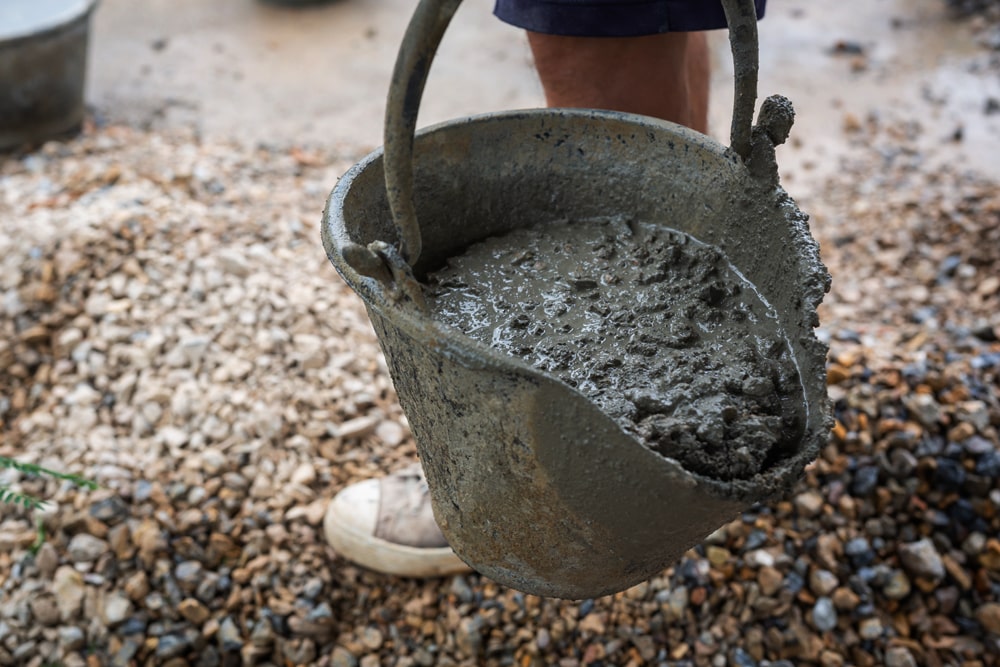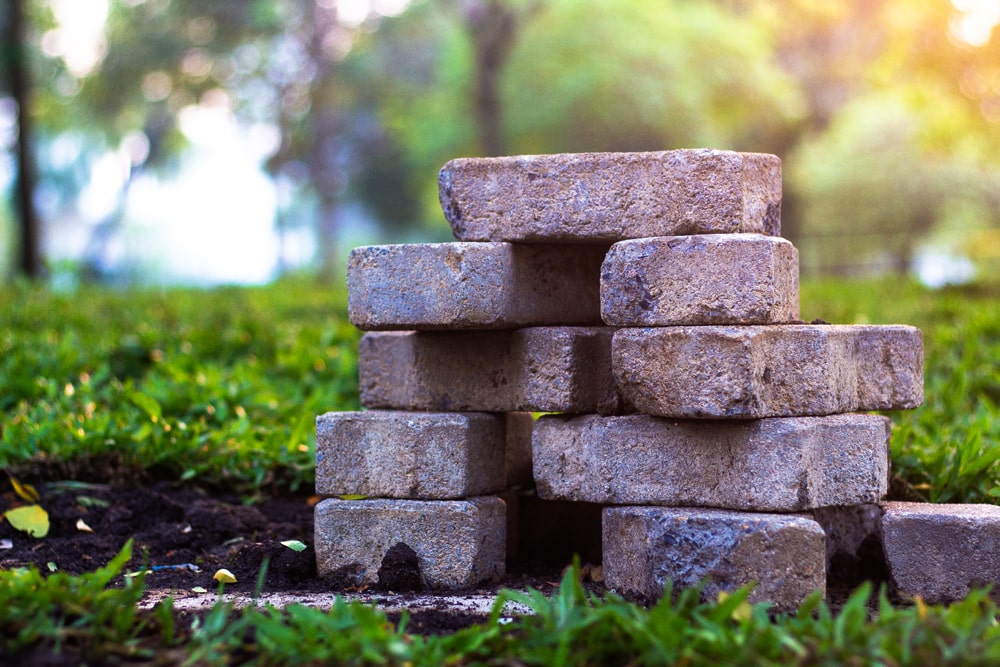Sand and soil are two of the most common materials used for landscaping projects. Most people think that these two materials can be used interchangeably, but in reality they have their own uses and applications. Sand and soil have distinct characteristics that make them favorable for specific landscaping projects. If you’re debating on whether you should use sand or soil for your next landscape project, then this article will help you make an informed decision.
Sand and soil are two of the most common materials used for landscaping projects. Most people think that these two materials can be used interchangeably, but in reality they have their own uses and applications. Sand and soil have distinct characteristics that make them favorable for specific landscaping projects. If you’re debating on whether you should use sand or soil for your next landscape project, then this article will help you make an informed decision.
How to use sand for your landscaping project
Sand is a naturally-occuring material that’s made up of fine rock and mineral particles. It consists of many components like silica, calcium carbonate, and other minerals, with silicon dioxide (quartz) being the most common one. Depending on its location, sand varies greatly in colour and texture. It has non-porous characteristics and is known for not being able to retain water.
Sand is formed when rocks break down due to erosion and weathering. The smaller rock particles then slowly travel to streams and rivers where it continues to break down before reaching the shoreline. Sand can be used in a lot of ways for landscaping projects and the best examples are the ones below:
- Filler in between pavers – Sand is used to provide stability and leveling for walkways and patios. The sand is mixed with additives like polymers to create polymeric sand, which is then used to fill the space in between pavers. When mixed with water, polymeric sand binds together and locks the particles tightly, thus stabilizing the pavers and prevent them from breaking or shifting.
- Concrete mix – Because of its coarse characteristics, sand is often used to create different types of concrete mixes for making outdoor seating areas, landscape edging, concrete driveways, and more.
- Outdoor play area – Sand is a popular material for creating a children’s play area. Play sand is a type of sand that’s been dried and washed. It’s much less abrasive on the skin and contains zero asbestos compared to other types of sand, making it a safer material for children to play on. Play sand is also great for creating a smooth surface for outdoor sports like volleyball and badminton. Sometimes gravel is added underneath the sand to give it more durability.
How to use soil for your landscaping project
Soil refers to a mix of organic material, minerals, and rocks particles that help support plant life. Contrary to sand, soil is great at retaining water and is rich in nutrients and minerals that fuel plant growth. While sand is used to enhance the aesthetics of your outdoor space, soil is used to create an environment where plants can thrive. A carefully designed garden will quickly lose its appeal if the plants start to wither and dry out. Thus, it’s essential that you use the correct soil for your garden or flower bed. Here are a few examples:
- Loam – Loam is the best soil for growing plants. It’s composed primarily of silt and clay with hints of sand. It provides great air circulation around the roots of the plants and offers better drainage since it’s not too dense. You won’t have trouble growing plant varieties of any kind when using loam due to its nutrient-dense properties.
- Topsoil – Topsoil is the outermost layer of earth that contains high concentrations of organic matter. This means that topsoil is perfect for growing seeds and plants that are just starting to establish their roots. When topsoil is used for landscaping, the existing soil is tilled, meaning the upper layers are upturned and mixed together to create better water drainage.
- Compost – While technically not a soil variety, compost is a soil amendment made of decomposed organic materials. Compost alone cannot support plant life, but is usually added with clay or sand to create loam. Similar to topsoil, compost is best used when tilled and re-spreaded to alleviate compaction and provide better water and airflow to the plant roots.
- Mulch and gravel – Mulch and gravel are usually added on top of a garden soil to encourage plant growth. They protect the soil from erosion and promote adequate air circulation due to their porous properties. Mulch adds nutrients to the soil while it decomposes while gravel absorbs heat from the sun and releases it at night to help protect the plants from frosting.
It takes plenty of time and effort to create a beautiful landscape project. Knowing which sand and soil type to use will make a huge difference on how your outdoor space will look. When planning your next landscaping project, make sure to use the right sand and soil variety to achieve an attractive outdoor environment.


